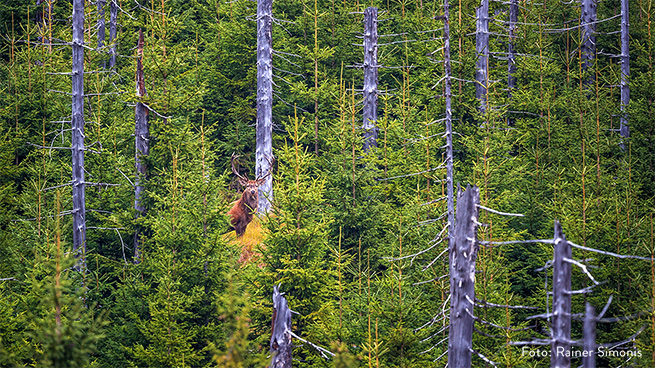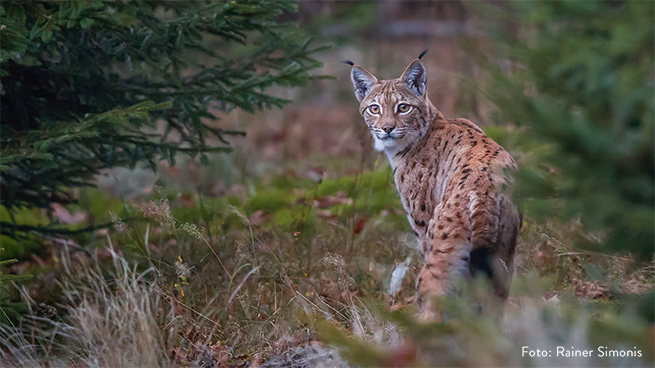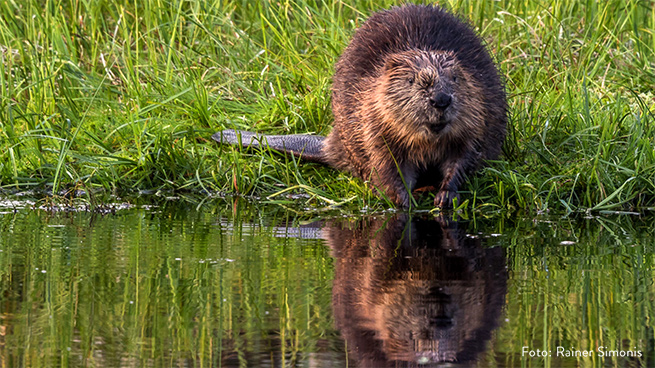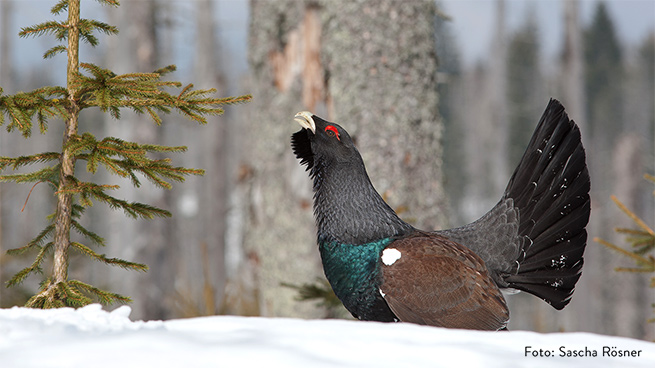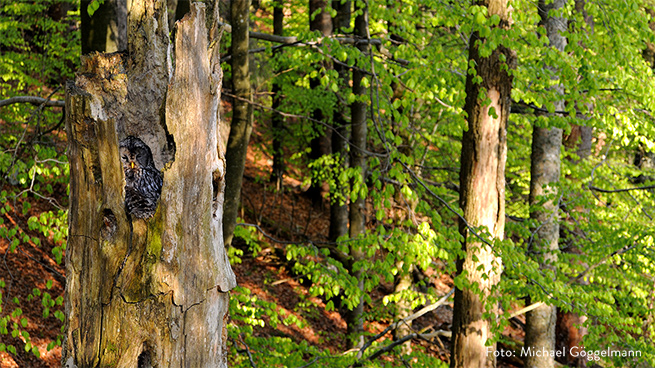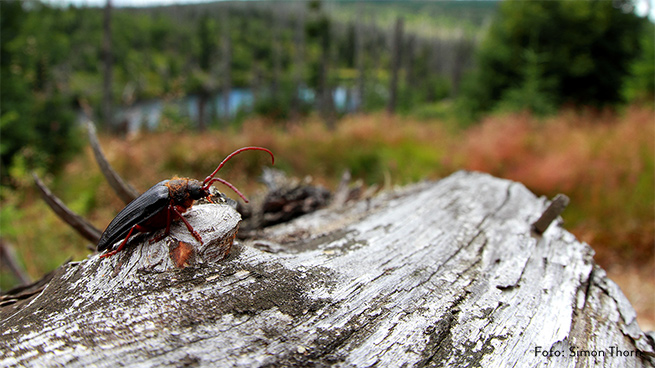
Bayerischer Wald
Animals
Within the Bavarian Forest live all kinds of animals – from tiny insects, only a few millimeters in size, to the largest mammal in Central Europe, the red deer. Among them is a number of species for which near-natural habitats are unalterable. Some of them once had disappeared, but already recovered and returned - whether through human help or natural immigration.
The Lynx, the continents largest cat is one of those returnees. He disappeared from the Bavarian Forest in the 19th century due to human persecution - as well as bear and wolf. A release project by Czech colleagues in the 1980s finally ensured that the big cat could regain the region. The wolf as the second big predator is also native to the Bavarian Forest again. Mammals like wildcats, otters or beavers inhabit the national park too.
The region’s most characteristic bird definitely is the capercaillie. The stocks of this endangered bird, which is quite rare in Germany, also decreased in the Bavarian Forest during the 20th century. Only stringent protective measures - especially in terms of path regulations - helped to further its recovery. The Ural owl was gone too. Thanks to a resettlement project, the birdl has made it back to the woods between Falkenstein and Lusen. By this time, most of the birds are breeding outside of nesting boxes in old, dead trees, which occur frequently thanks to the national park's philosophy “Let nature be nature”. Other special species of birds, such as the Red-breasted flycatcher, Ring ouzel or Eurasian three-toed woodpecker can also be observed in the National Park.
Let’s take a closer look at the very small animal species. Thousands of insects are already registered in the National Park’s area. Among them, the most fascinating creatures are the 16 jungle relict bugs. They require natural forests to survive and withstood in the national park’s dead tree remnants, like in Mittelsteighütte or Rachelseewand. Due to the extensive protection program they can spread again.
